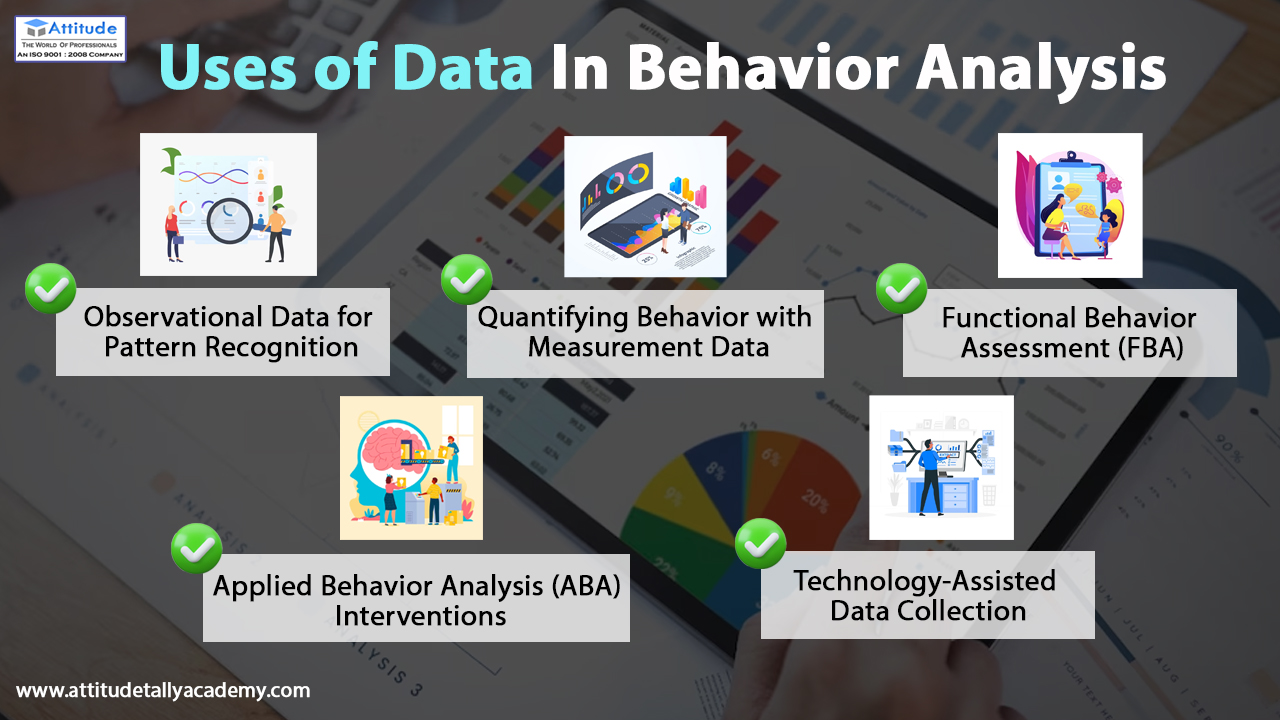Introduction
In the dynamic landscape of digital marketing, understanding consumer behavior is key to crafting effective strategies that resonate with your audience. Today, we delve into the fascinating realm of behavior data analysis, exploring its myriad uses and how it can revolutionize your approach to digital marketing.
Observational Data for Pattern Recognition
Observational data serves as a treasure trove of insights, allowing us to uncover patterns and trends in consumer behavior. By keenly observing how users interact with your website, social media platforms, or products, you can identify recurring behaviors that offer valuable clues about their preferences, pain points, and interests.
Imagine being able to predict user actions based on their past behavior patterns. This is where observational data shines, enabling marketers to tailor their messaging, content, and offerings with precision, ultimately enhancing customer experience and driving conversions.
Quantifying Behavior with Measurement Data
Numbers don’t lie, and measurement data provides the quantitative backbone to behavior analysis. Metrics such as click-through rates, bounce rates, conversion rates, and engagement metrics offer concrete insights into how users are responding to your digital initiatives.
By analyzing this data, you can gauge the effectiveness of your marketing campaigns, identify areas for improvement, and make data-driven decisions to optimize performance. It’s like having a compass that guides you towards success by understanding the nuances of user behavior.
Functional Behavior Assessment (FBA)
FBA goes beyond surface-level observations, delving into the why behind behavior patterns. It involves systematic assessment methods to understand the functions or purposes of behaviors, whether it’s seeking attention, escaping aversive situations, obtaining tangible rewards, or self-stimulation.
For digital marketers, FBA provides a deeper understanding of customer motivations, allowing you to craft targeted strategies that address underlying needs and motivations. This empathetic approach fosters stronger connections with your audience, driving loyalty and long-term engagement.
Applied Behavior Analysis (ABA) Interventions
Drawing from insights gathered through behavior analysis, ABA interventions aim to modify behaviors in desired ways. In digital marketing, this translates to optimizing user journeys, refining conversion funnels, and enhancing user experience based on behavioral insights.
By implementing ABA principles, marketers can design personalized experiences that resonate with users at every touchpoint, leading to increased brand affinity and higher ROI.
Technology-Assisted Data Collection
The digital age has ushered in a wealth of tools and technologies for data collection. From heat maps and user recordings to AI-driven analytics platforms, technology plays a pivotal role in gathering, analyzing, and interpreting behavior data at scale.
Harnessing these technologies empowers marketers to stay ahead of trends, identify emerging patterns, and adapt their strategies in real time. It’s a proactive approach that keeps your marketing efforts agile and responsive to evolving consumer behaviors.
In conclusion,
Behavior data analysis is not just about numbers; it’s about understanding the human element behind those numbers. By leveraging observational data, measurement data, FBA insights, ABA interventions, and technology-driven tools, marketers can unlock powerful insights that drive meaningful engagement and business growth.
Stay tuned to our blog for more insights on behavior data trends and how you can leverage them to supercharge your digital marketing strategies.
Suggested Links: –



